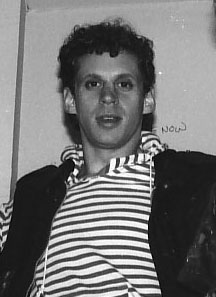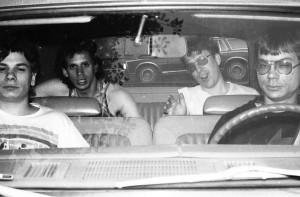The 80’s Manhattan music scene
Miguel Weissman’s exploration into the Manhattan, Bronx, East Village and Hoboken, NJ music scenes led to getting on wax and gigging in Harlem and deep into the East Village (Avenues A-D) at after-hour clubs. This was the advent of the emerging Black Rock, Blues, Punk and Avant Garde Jazz communities.
Miguel played with Donald Dixon, Tack Heads (Sugar Hill Gang}, Eddy Von Bach, Ghetto Fighters, Afrika Bambaata, The New Left, Spy v Spy, GTO and The Soul Squad, Sammy Carr, Johnny Thunders, Robert Gordon, Lester Chambers and Charles “Bobo” Shaw at the great clubs of the time like The 7A Club, The World Club and The Pyramid Club in the East Village as well as the Continental Divide, 55 Bar and Danceteria, to name a few.
Miguel joined a band called The Gismo in 1979. Also in that band was Stan 157, one of the original graffiti artists. The Gismo was an early R & B band. They played at after-hours clubs in Harlem. For Miguel, as the only white man in the room most of the time, this was an experience he would never forget. The love shared there was profound and he was always welcomed.
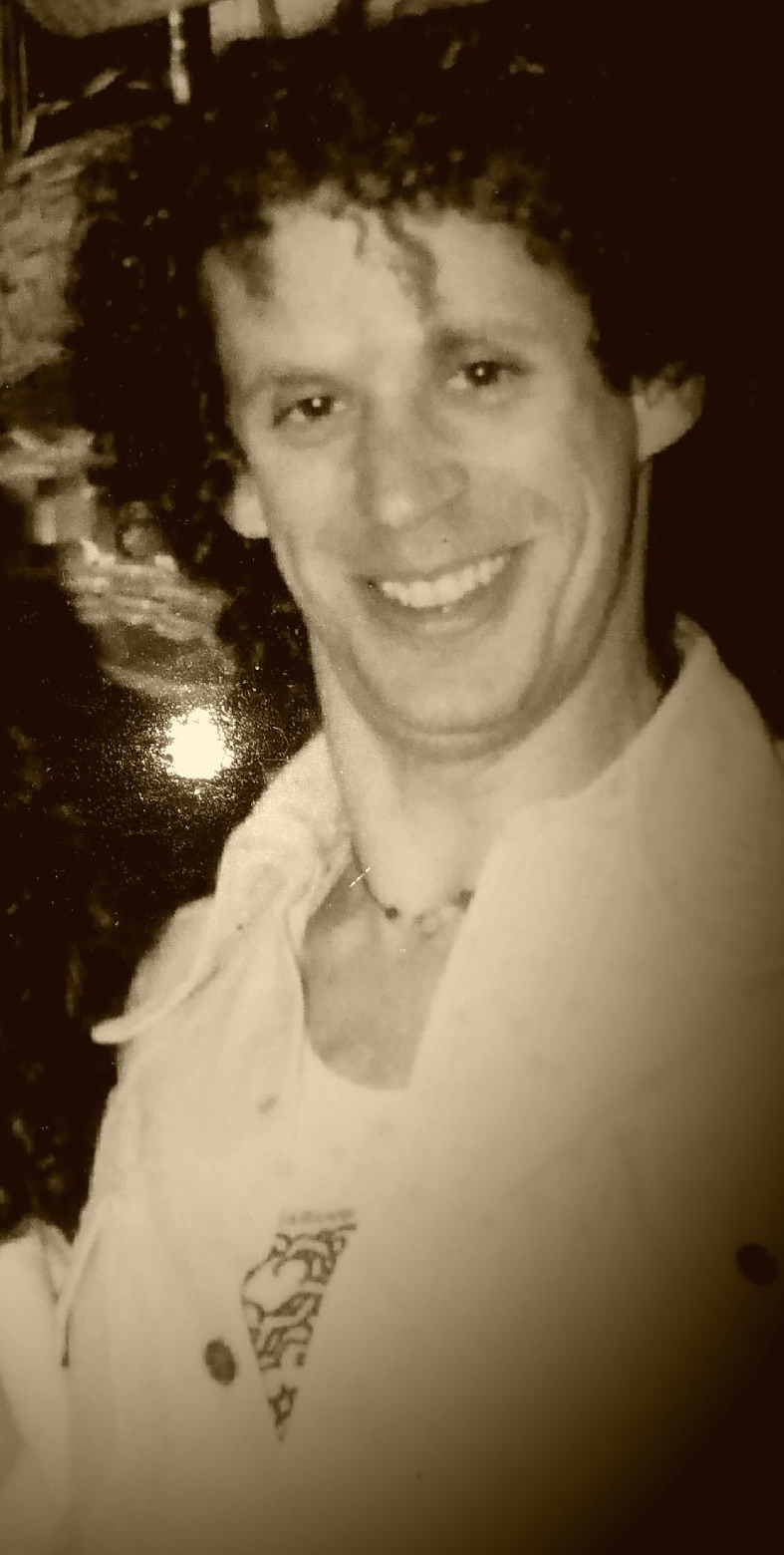
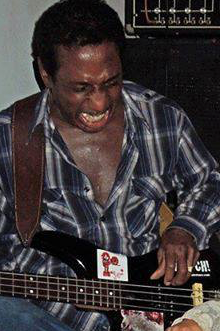
Miguel Weissman Donald Dixon
Miguel collaborated with Donald Dixon in the Bronx in early 80’s on Hill Street, overlooking the Yankee Stadium. They worked on a 4-track reel-to-reel, with a Shure 57 microphone, a delay unit and one 8-bit AKAI sampler.
Audio Player
Miguel saw what life was like for black people in the ‘hood during a time when it seemed like the world had forgotten them. Miguel learned how resourceful this community was and risked his life going up there when crime and desperation were out on the streets! He knew back then that cops stopped men on the street for nothing at all.
There were guns shots constantly in the background. Sometimes there would be a knock on the door and Donald would explain to his clients that Miguel was here to record them and he was white. He would take their guns and bring them into the studio.
He experienced the same thing in the East Village. Going east of First Avenue back then was very dangerous! One night, Miguel was walking on 11th Street and was robbed of his Selmer Mark VI saxophone by a junkie. That’s when he decided to focus on the harmonica and music production, although he still plays the sax, flute and keyboards.
At Continental Divide, a club on 3rd Avenue and 8th Street, (the one that had a big dinosaur on top) he played with the DJs Smash and Stone, who were working turntables while he and other jazz musicians played over the top on the sax, flute and harp. They created the Acid Jazz Movement in the New York scene.
“Wet Ride, Fat Jazzy Groves 6 & 7″ for New Bread Records represents the collaborations between musicians and DJs that created the Acid Jazz Movement in New York. Miguel also worked with Warlock and Sleeping Bag Records where he collaborated with DJs Stone and Smash, GTO, William Socolov, and the Latin Rascals.
“Wet Ride Fat Jazzy Groves 6 & 7” for New bread Records compiled by DJ Smash, Executive Producer; Asia Love; Miguel Weissman on harmonica; flute and keyboards; Willie Barrios, Co-Producer and drum programing.
Audio Player
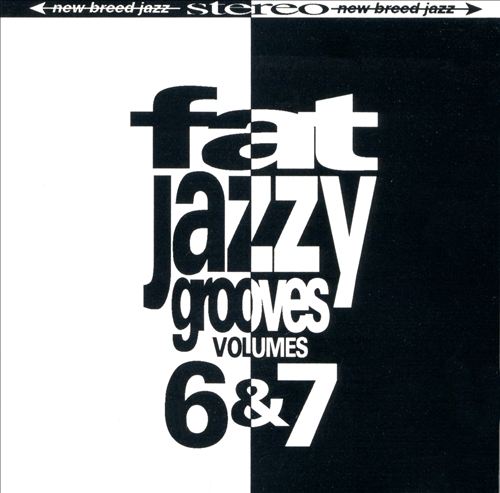
The New Left
The New Left – Tony Boil, vocals, guitar and composition; the late Mike Hoke, bass and backing vocals; Charlie Stedmen, drums; Miguel Weissman harmonica, saxophone and keyboards. Published on Jun 18, 2013 Label: Kingpin Records Released: 1985
Down In Flames
Audio Player
Monkey Reels Audio Player
Blue Crew
Sammy Carr Voice, Donald Dixon bass, Janine Lilly Voice, Joe Henderson and Monney guitars, Miguel Weissman harmonica voice and keyboards, Bill Elder drums. Mixed by Miguel, BILL and Donald. 1987-91
Crazy Mixed Up World
Audio PlayerBehind Closed Doors
Audio PlayerGTO and Miguel co-composed and produced this track. GTO wrote the lyrics. Mixed by Craig Randal 1985.
Audio Player
Solo Punk days Recorded at Miguel Weissman’s Studio in 1982.
Audio Player
Miguel Weissman, vocals, bass guitar, drum programing, harmonica and tenor saxophone; Dave Sewelson, baritone saxophone; the late Mike Hoke, rhythm guitar; Mark Danie: lead guitar.
This page was edited by Evens & Sue Colas


